|
We were sent a box of HAIYA oil pastels by the Paul Rubens art company, asking if we would review them. We only agreed to do so with the understanding that we could write an honest review. After conducting our research and product testing, we present our findings and hope this review is helpful to you. Key feature of this set:
Ideal for the noviceIf you're a beginner, we suggest starting with a more affordable set to gain some experience. This approach can be cost-effective in the long run. You can purchase this set of 48 oil pastels on Amazon for approximately £30. They are considered to be of student-quality, which means they are priced similarly to other student-quality oil pastels and provide good coverage. If you are an amateur, this set is a great way to get a feel for the medium. How do they compare to professional quality oil pastels?Having read numerous reviews about this product before agreeing to do our own review, we note many users comparing them to the Sennelier oil pastels. The Sennelier pastels are almost certainly the best quality oil pastel on the market and were created especially for the artist Pablo Picasso in 1949, so any comparison to this product is purely cosmetic. Paul Rubens does not market their oil pastels as artist quality, so we will briefly compare them. They are both bullet-shaped, making the application slick. They are also very creamy, so each layer is thick and opaque. Though Paul Rubens states their pastels are lightfast, we cannot find any information on the testing standards they use, so it is unlikely that they will be of the same rigorous levels that well-known brands use. Always ensure your artwork is correctly protected and avoid hanging your paintings in direct sunlight. Our trial and findingsWe used a limited number of colours and a small sheet of Art Spectrum Colourfix black to create a drawing of a fishing shack against a pink sunset. First, we applied a light layer of colours, gently blending them. Then, we added more tones and re-blended to cover most of the paper surface. We used a palette knife to lift the pastel and expose the black surface, which helped to create the contrasts found in the shack and frame. By removing the pastel with a tool, we could achieve the fine details that are impossible with oil pastels alone. To enhance the definition, we purposely left some of the paper showing through. What do the symbols mean that are printed on the paper sleeve?The paper sleeve displays the colour name, pastel number, star rating for lightfastness, and opacity level. Additionally, it provides the pigment codes that explain which pigments were mixed together to produce each oil pastel colour. Unfortunately, these pastels are not currently available as open stock, which is a significant issue for a pliable medium like the oil pastel. The necessity of accessing additional colours is fundamental to the product's longevity. Final thoughtsIf you're new to oil pastels, starting with a set like this would be a good option. However, it's worth noting that they are creamier than most student-quality oil pastels, which you may find awkward at first. These oil pastels are perfect for creating impasto work because they are incredibly soft and creamy, with opaque colours that are ideal for this type of application. However, if you're going to create high-quality artwork for clients, we suggest using these in conjunction with artist-quality pastels. At this price, they would make an excellent addition to your oil pastel collection, and it won't break the bank if using them to practice your techniques or create art to reproduce into prints. About the Paul Rubens companyCOMPANY HISTORY
DISCLAIMER: It is worth noting that we do not receive a commission for any products sold through this review. In this particular case, we were fortunate enough to receive this set without charge. We are committed to providing an impartial review of the product, and our opinions are based solely on our own experiences and observations.
1 Comment
|
AuthorKaren M Berisford Archives
March 2024
Categories
All
|
QUICK LINKSArticles
Art Tutorials Art Workshops Workshop Gift Vouchers Art Blog About ko-fi Our social media page About the Tutor Contact Site Map Vertical Divider
|
HOW TO SUPPORT USThank you for visiting our website, which offers valuable global resources for artists. We strive to provide a pleasant browsing experience by keeping our site advertisements-free. We do not earn money from this website, but you can show appreciation by buying us a coffee on ko-fi.com. You will find the donation buttons below and can follow us on ko-fi to stay informed of the latest news. We appreciate your visit! |
No part of this website should be copied or re-used anywhere without written permission from Karen M Berisford - 2011 - 2023
All images on this website are copyright of Karen M Berisford unless otherwise stated - Website design by Karen M Berisford. All rights Reserved.
All images on this website are copyright of Karen M Berisford unless otherwise stated - Website design by Karen M Berisford. All rights Reserved.

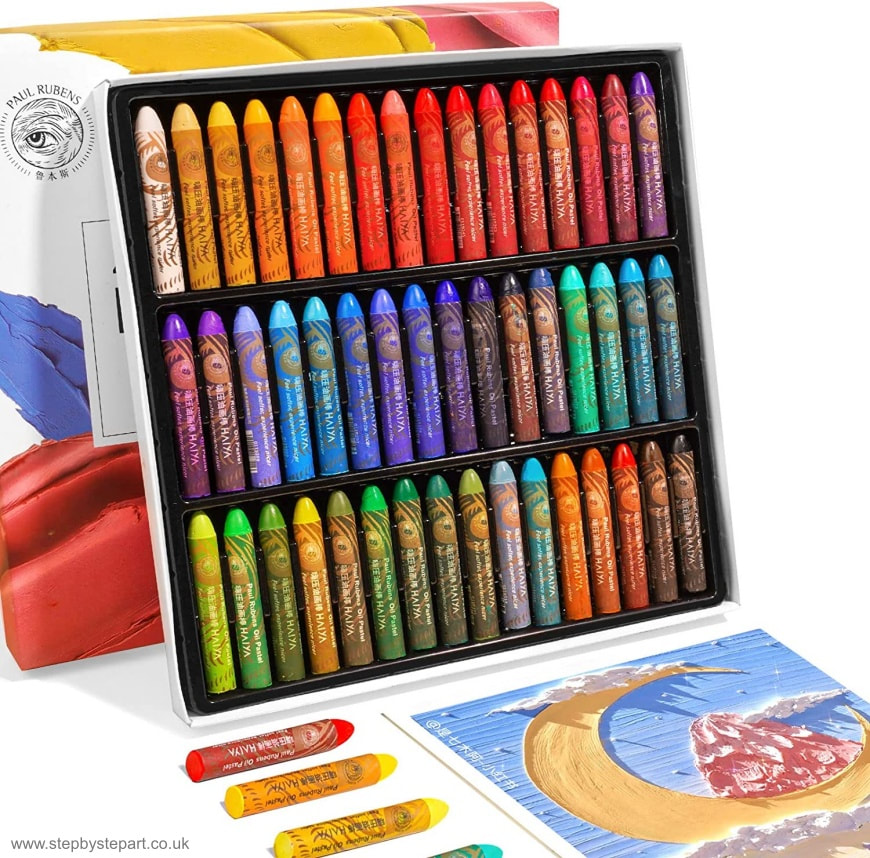
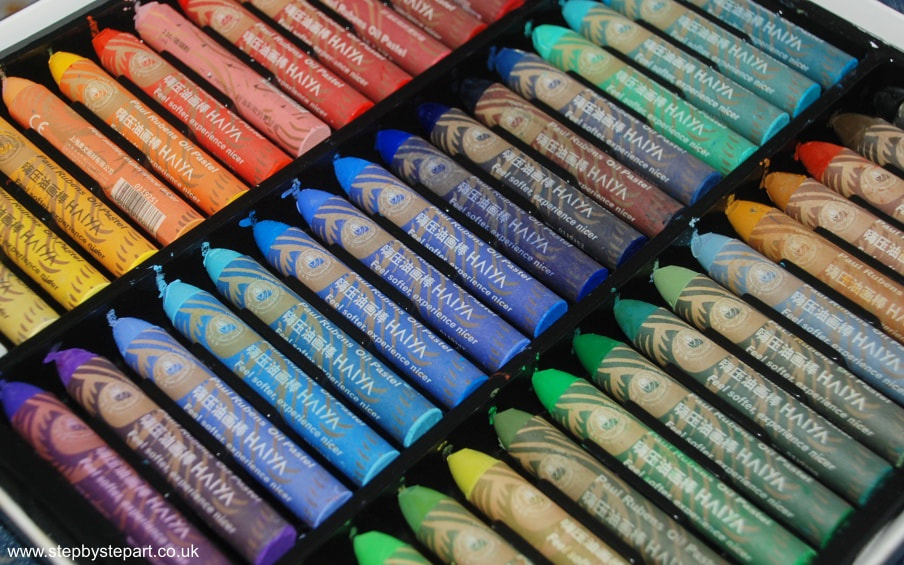
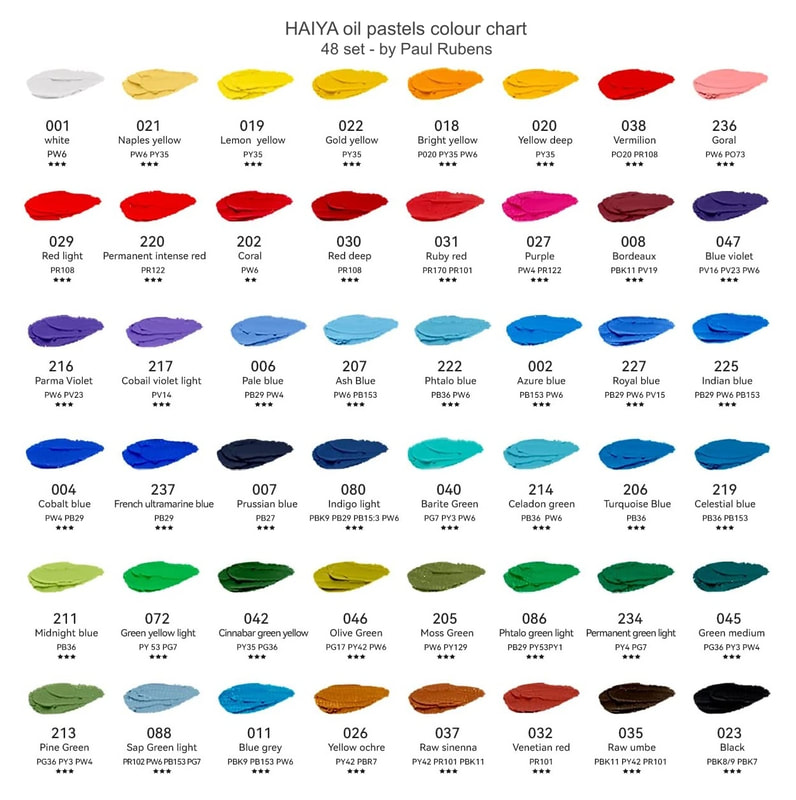

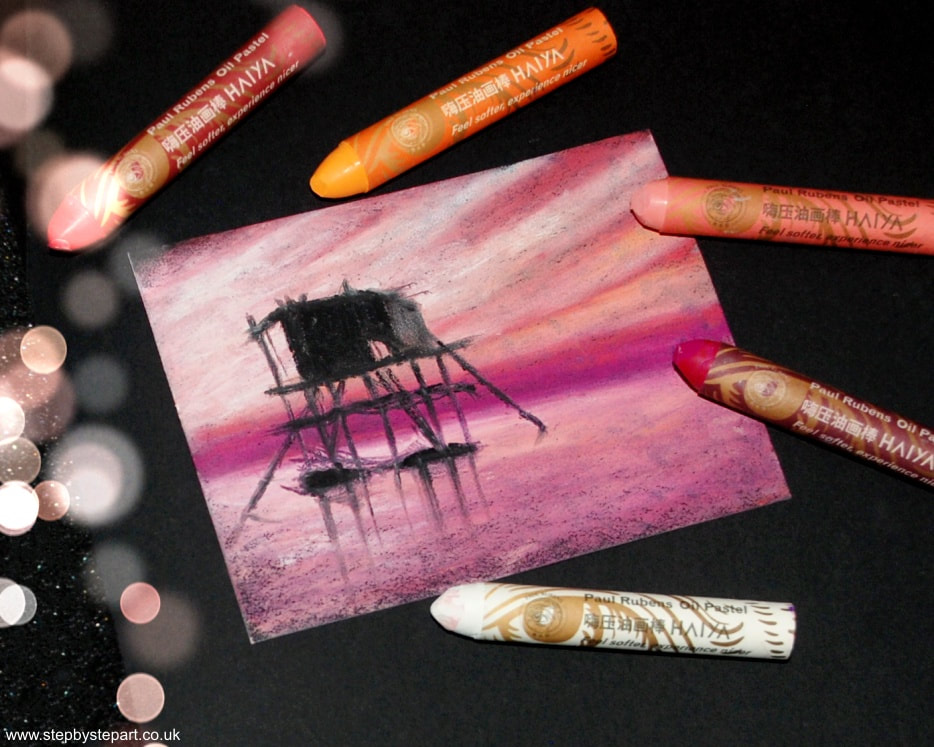
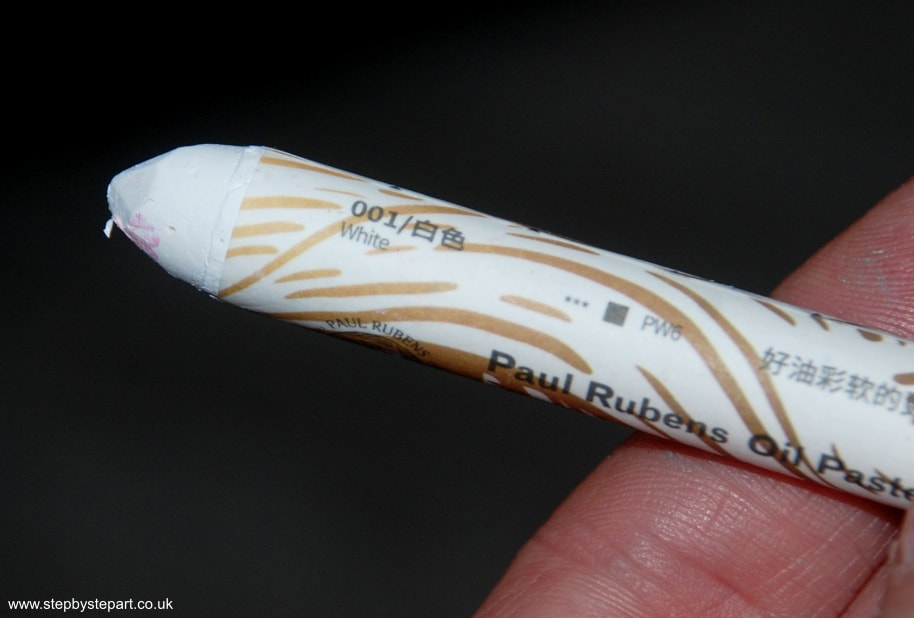
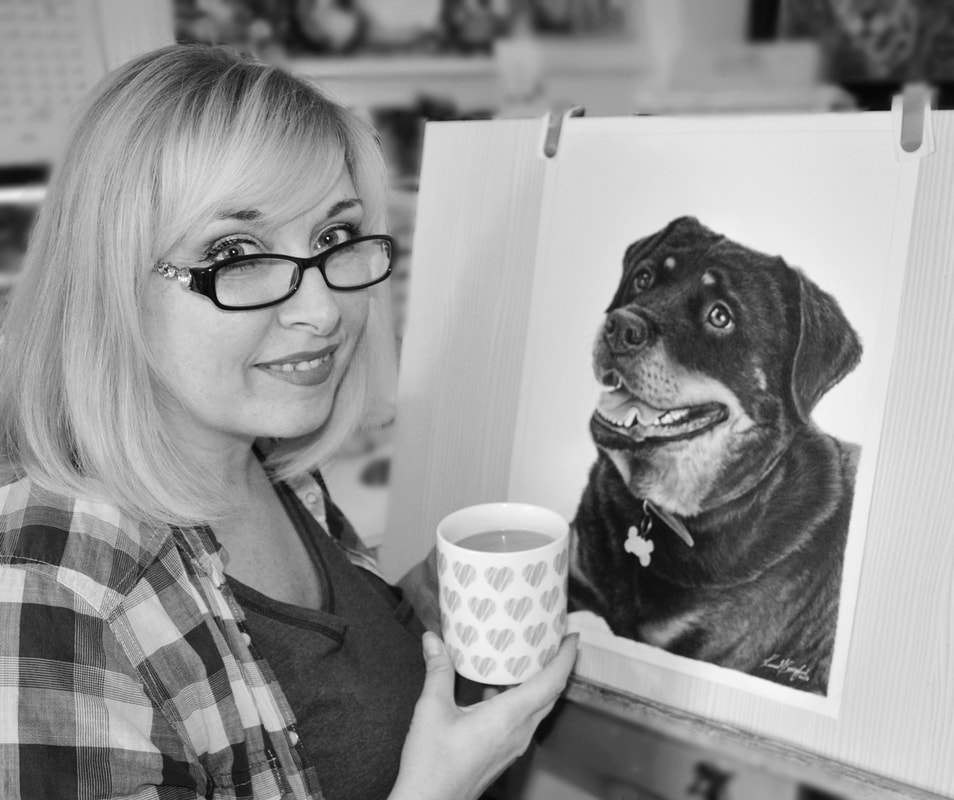
 RSS Feed
RSS Feed




